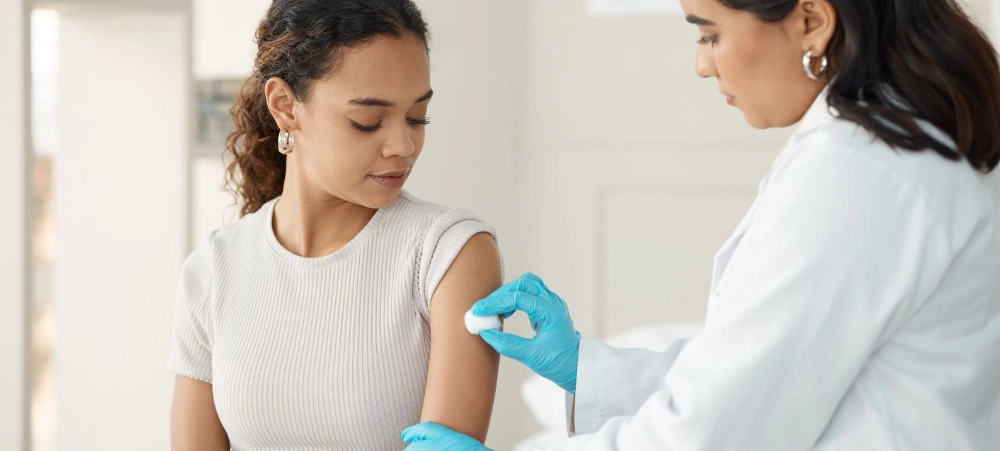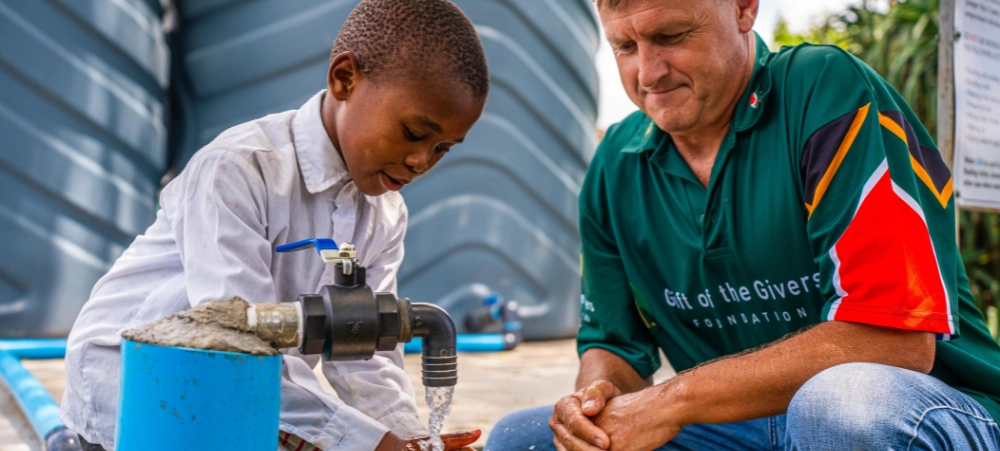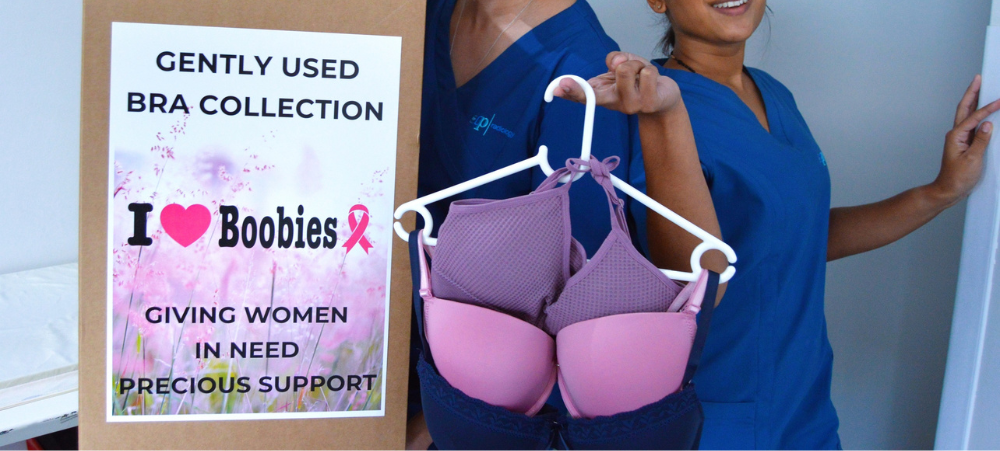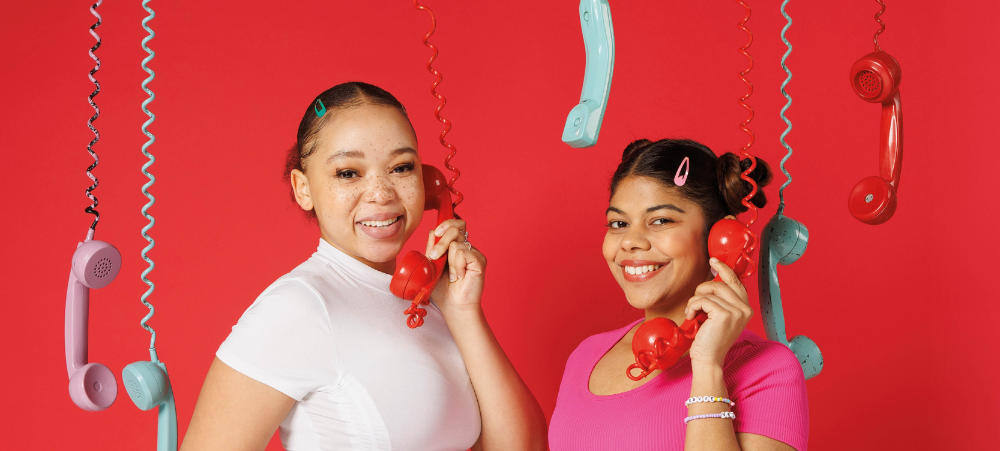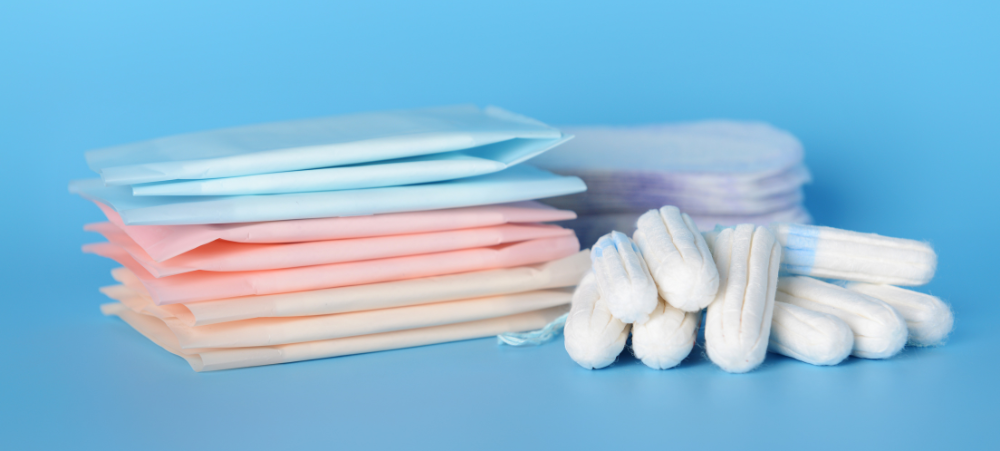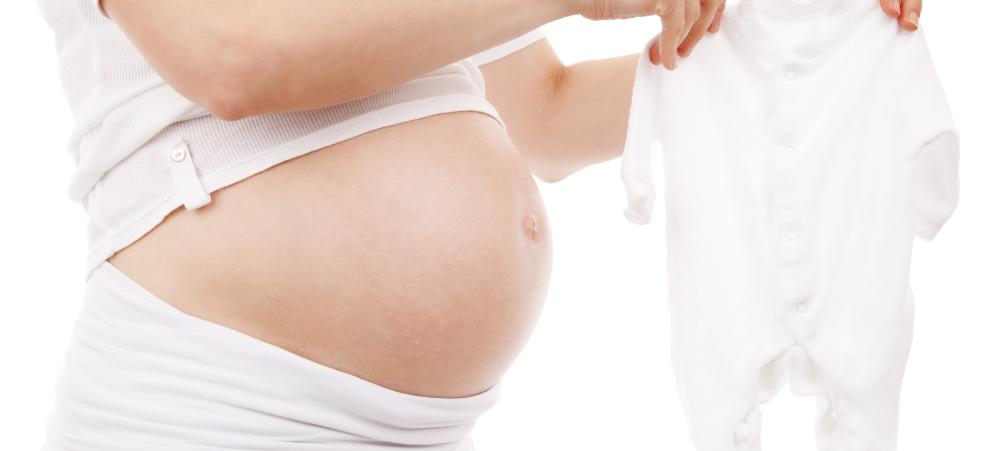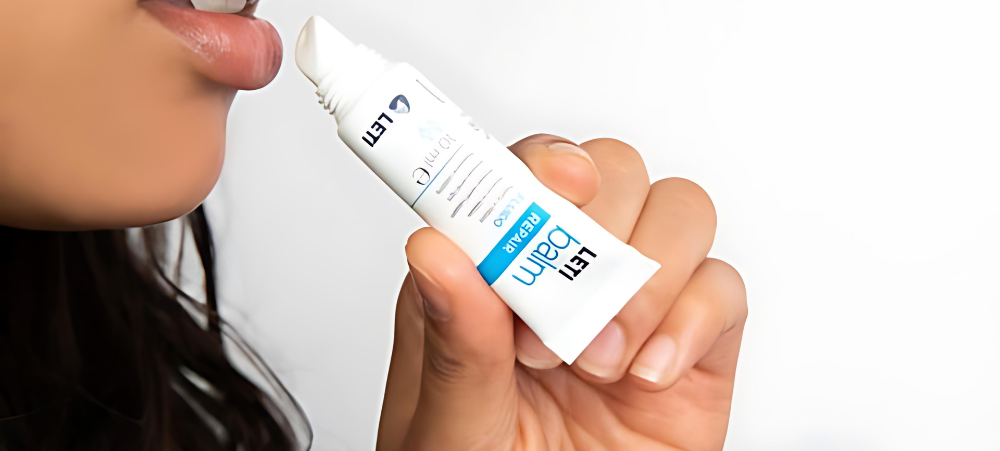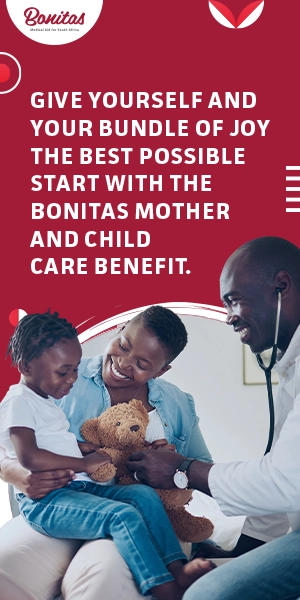
Shining the spotlight on TB
Worldwide, TB has returned to being the world’s leading causes of death from a single infectious agent. This followed three years in which it was replaced by Covid-19. It is also the leading killer of people with HIV/AIDS and a major cause of deaths related to antimicrobial (in TB’s case antibiotic resistance.) Each year, we recognise World TB Day on March 24. This annual event commemorates the day, in 1882, when Dr. Robert Koch announced his discovery of Mycobacterium tuberculosis, the bacillus (bacteria) that causes tuberculosis (TB). What is TB? It’s a disease that mainly affects the lungs but can also be found in any other body organ. It is caused by an organism (germ) called Mycobacterium tuberculosis which is found in the sputum coughed up by someone with TB of the lungs. It usually destroys the soft tissue of the lungs, resulting in difficulty breathing and blood can be coughed up in severe cases. If untreated, TB can cause death. World stats About a quarter of the global population is estimated to have been infected with TB, 5 -10% display symptoms and develop the disease. Yes, it’s curable ‘It is important to remember that TB is curable, says Dr Themba Hadebe, Clinical and Managed Care Executive at Bonitas Medical Fund. ‘However, we all need to be more aware of how contagious it is, the symptoms, the importance of getting medical attention and sticking to the treatment programme.’ Where is the highest incidence of TB? TB is the leading cause of death, from a single infectious agent, with over 25% of these occurring in the African region. Multi-drug-resistant strains, which do not respond to first-line antibiotics, continue to emerge, putting at risk public health strategies which aim to reduce incidence and mortality. Tackling TB head on The South African National Strategic Plan (NSP) aims to control the spread of TB, with an ambitious goal of zero new TB infections and deaths by 2032. Clinical data from the World Health Organization (WHO) indicates that there are still too many people falling ill and dying. ‘TB also has a big impact on the economy, not only in terms of healthcare expenses but lost productivity due to absenteeism and the direct and indirect costs to business,’ says Dr Hadebe. ‘We know that not everyone has access to private medical care but public healthcare facilities offer free testing and treatment. The most effective testing method is a sputum sample or a chest x-ray. How is TB contracted? The disease is passed on from one person to another as germs spread into the air via microscopic droplets if an infected person sneezes, coughs or releases saliva. The incubation period is 6 weeks. Stop it before it starts TB preventive therapy (TPT) is a course of medication that reduces the risk of developing TB disease. It’s a critical public health measure in South Africa, where TB and HIV are prevalent. How does TPT work? TPT eliminates the TB bacteria before they can damage organs and cause illness but is only effective if given when there is no active TB disease. Can you have TB and not be sick? Yes, TB can be ‘latent’ – it’s in your body but not active. This means you can’t spread it but, if your immune system becomes weak, (for example with HIV/AIDS), TB can become active. What are the symptoms? It is important to note that TB is particularly difficult to diagnose in children but the symptoms can present as a cough for two weeks or more, loss of energy and appetite and quite often a mild fever. Who is most at risk? People living with HIV/AIDS, living in the same house as someone who has had or has TB, anyone who has had active TB in the last two years, pregnant women, children under five, iabetics, people in informal settlements, undernourished people, alcoholics, smokers, mineworkers and prisoners Treating TB Medication must be started as soon as possible and be taken regularly. It takes six months for TB to be cured completely but, within two weeks of starting treatment, you are no longer contagious. If treatment is missed, the risk of a drug-resistant strain of TB is possible, which is difficult to treat and requires a longer treatment period. Multidrug-resistant TB (MDR-TB) remains a public health crisis and a health security threat. Only about two in five people with drug resistant TB accessed treatment in 2023. What can you do? TB in the workplace If any employees or co-workers display TB symptoms, they should stay home and limit contact with others until the results from a TB test are known. Once a person has been on TB treatment for 2 weeks, they are no longer infectious and can continue to work. Dr Hadebe says, ‘If you are concerned about your health or have been exposed to TB, you must get tested urgently.’




